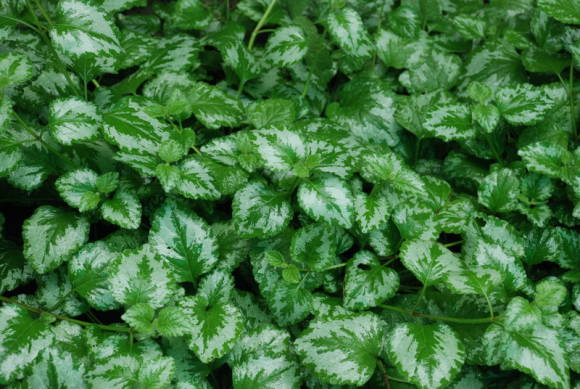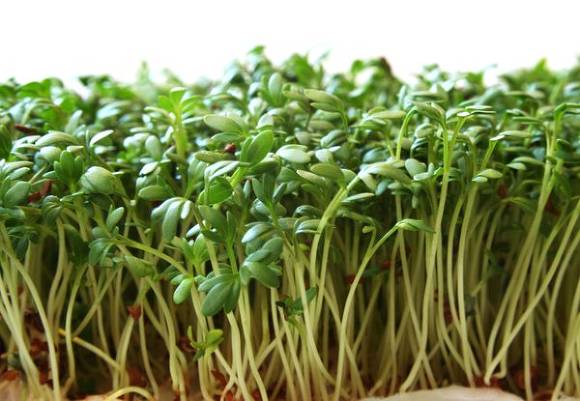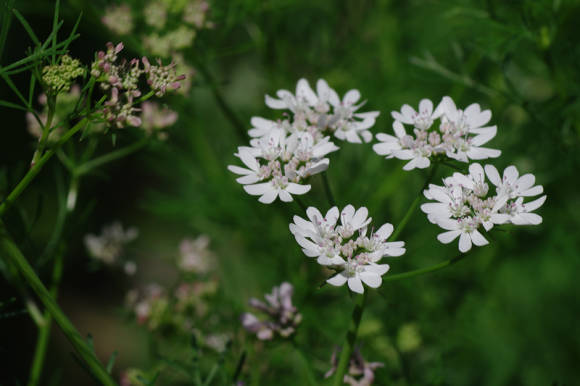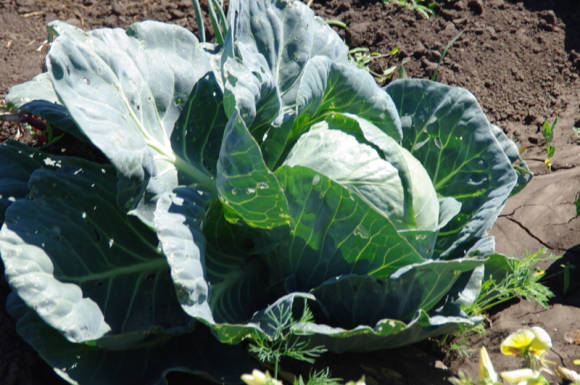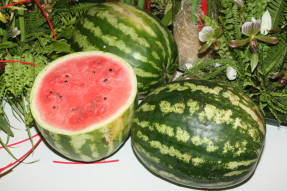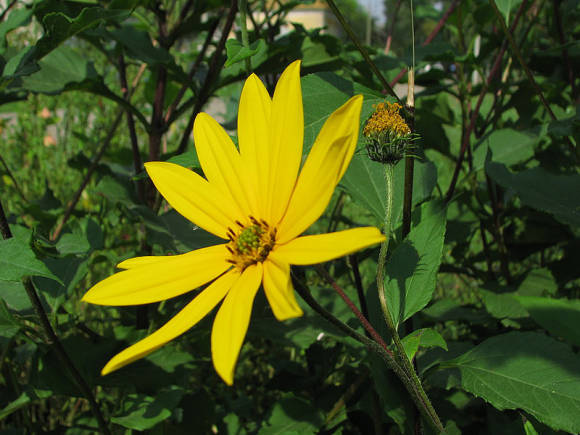Botanical description and habitat
 |
Meadowsweet, or meadowsweet (Filipendula ulmaria) is a perennial herb from the Rose family. Stems are strong, ribbed, densely leafy, up to 2 m high. The leaves are intermittent-pinnate, with 2-5 pairs of large ovate-lanceolate lateral leaflets and a large, 3-5-finger-dissected terminal lobe. The leaf blade is glabrous from above, dark green, from below it is thin, with large toothed stipules. Numerous white flowers with a yellowish tinge are collected in a dense corymbose-paniculate inflorescence. Blooms in June-July.
This meadowsweet is found throughout Russia, except for the Far North, the Lower Volga and the Far East. Natural reserves significantly exceed the needs, so it can be harvested wherever it is found, without restrictions. You can find it along the edges and in wet meadows, so in everyday life she is sometimes called the queen of meadows.
Traditionally, meadowsweet was used as a food plant. All parts of the plant, especially the flowers, are ideal for sweet fruit dishes, as well as drinks to which it imparts a sweet-tart taste. Most commonly used in Belgian and French cuisine. All parts of the plant, in particular the flowers, are suitable for flavoring sweet desserts, as well as drinks, to which they impart a bittersweet taste. If the flowers are soaked overnight, they give a good taste and aroma to water and cream. Meadowsweet sherbet is served after a hearty meal to avoid heartburn.
The bittersweet aroma of meadowsweet has long been considered pleasant and used to create a pleasant smell in the room. Fresh inflorescences were poured into a thick layer on the floor and left overnight. In the morning, the withered plants were swept out and thrown away, but the aroma remained.
In England, meadowsweet was mixed with other herbs to flavor clothes and bedding, something like modern sachets. It was the favorite scent of Queen Elizabeth I of England, although many found it very annoying, which was reflected in the dismissive popular name "cockroach of the meadows".
The German name for the plant Mädesüß comes from the fact that earlier meadowsweet flowers were added to honey wine for aromatization, but in our opinion, simply - mead. In German, this wine is called "meth" and is consonant with the Slavic "honey". The mead itself had a simple, as winemakers say, flat taste, so it had to be flavored either with expensive overseas spices, or with whatever grew at hand. The second interpretation of its name in European languages is associated with the old name of wet meadows - Mede, on which meadowsweet can most often be found, and the English name sounds correspondingly meadow sweet, that is, "sweet from the meadows." As an aromatic fragrance, dried meadowsweet flowers were previously added to snuff.
Medicinal and useful properties
Meadowsweet is an old medicinal plant. It is mentioned by the botanist's father Theophrastus, the English phytotherapist John Gerard wrote about this plant in 1597: "... flowers boiled in wine and then drunk in the form of a decoction help from attacks of a four-day fever." Lonicerus and Jerome Bock recommended the roots of meadowsweet as a choleretic agent and for bloody diarrhea. The herb was to be used externally, applied to non-healing ulcers and abscesses.
Medicinal raw materials. The raw materials of meadowsweet are inflorescences, which are cut without coarse stems. They are dried by spreading them out in a thin layer on paper. It is better not to stir the raw material during drying, as it crumbles heavily.
Composition. The chemical composition of meadowsweet flowers has been studied in sufficient detail. They contain flavonoids, the content of which can reach 4-7.9%, primarily quercetin and kaempferol. Also identified phenolic glycosides - spirein, isosalicin and monotropitin; polyphenolic compounds - caffeic and ellagic acids.
The presence of an anticoagulant of a polysaccharide nature - heparin, up to 0.2% of essential oil was found in the flowers of meadowsweet. There are tannins of a pyrogallic nature - up to 19.36%, a small amount of coumarin, stearic and linoleic acids, glycerides of these acids, pigments. In the alcoholic extract of meadowsweet flowers, 2.6 mg /% ascorbic acid (in terms of 100 g of air-dried flowers) was found.
Essential oilcontained in meadowsweet flowers, has a strong characteristic smell of honey. It was first isolated from the flowers of the meadowsweet (then called Spiraea ulmaria L.) by the Swiss pharmacist Pagenstecher in 1834. It contains about 19 components, the main of which is salicylic aldehyde (up to 70%). Methyl salicylate, vanillin, heliotropin, benzaldehyde, ethyl benzoate and phenylethyl phenyl acetate were also found.
The rest of the plant has been studied in less detail. The whole plant contains the glycoside gaulterin, which cleaves off salicylic aldehyde. In the study of alcoholic extract from the aerial part, steroids were found in relatively high concentrations. Meadowsweet grass contains up to 300 mg% vitamin C, up to 9% tannins, 1.29 - 10.7% flavonoids (quercetin, kaempferol, luteolin).
 |  |
The use of meadowsweet in official and folk medicine
Hence, a very wide range of applications, and high activity of this plant. Currently, in many herbal medicine books (Spiraeae flos, Flores Spiraeae, syn. Flores Reginae prati, Flores Spiraeae ulmariae, Flos Ulmariae, Ulmariae flores) it is recommended as a mild pain reliever and antipyretic agent, which is explained by the content of salicylates in it. Flowers and young leaves of meadowsweet are added to tea, in which it has established itself as a good diuretic, anti-inflammatory, and anti-rheumatic agent. Meadowsweet inhibits the increased production of stomach acid and is used for heartburn. The commercial name of the drug aspirin comes from two components of acetylsalicylic acid - "A" means acetyl, and "spirin" is one of the old names of meadowsweet - spirea, which contains spireic, that is, salicylic acid.
The European Pharmacopoeia uses meadowsweet herb (Filipendulae ulmariae herba), that is, the tops of the shoots cut off during flowering. But in many European pharmaceutical documents, it is also found under the old name: spirea flowers - Spiraeae flos.
Meadowsweet is used as a fortifying, bactericidal, antipyretic, diuretic and anti-inflammatory, recently proved antitumor and immunomodulatory effect. As mentioned above, the plant contains salicylates - a plant analogue of aspirin, and, as you know, aspirin has a very strong irritant effect on the stomach. So in meadowsweet, despite the presence of a large amount of salicylates, this action is not observed. And it can be safely taken even with increased acidity of gastric juice.
 |
In Europe, this plant has long been used as an antihelminthic agent for leprosy, diarrhea, convulsions and female diseases, as an antipyretic and anti-inflammatory for colds. After the advent of synthetic aspirin, its importance in herbal medicine declined, but in recent years, interest has increased again. Due to the content of salicylates, meadowsweet is used for gout and arthritis, as an anti-inflammatory and bactericidal agent for inflammation of the bladder and urethritis. In this case, it is better to use it in combination with nettle and St. John's wort. As a diuretic used for kidney disease.
Flowers and grass meadowsweet are used in diseases of the upper respiratory tract, as a diaphoretic, in bronchial asthma, as an antispasmodic. They have a sedative effect, they are prescribed for hypertension, epilepsy, neurasthenia, hypochondria and other neuroses, as a sleeping pill.
Recently, a number of studies have been carried out on its pharmacological activity. And the results exceeded the wildest expectations. V.G. Bespalov et al investigated the anticarcinogenic properties of a decoction of flowers. In experiments with chemical carcinogens, the decoction reduced the number of tumors of the mammary gland, colon and rectum, brain and spinal cord (the differences with the control are significant).
In the experiment, the aqueous-alcoholic infusion of flowers completely suppressed the growth of lymphablastoid cells at a concentration of 50 μg / ml. In terms of in vitro efficiency, it approached such anticancer chemicals as cyclophosphamide and 5-fluorouracil. In St. Petersburg, a complex drug has been developed that is effective in breast cancer, and an ointment based on vinyline, which is effective in cervical dysplasia.
Ukrainian phytotherapist Mamchur F.I. recommends infusion of meadowsweet flowers for prostate cancer.
As a result of experiments carried out at the Institute of the Human Brain of the Russian Academy of Sciences, the possibility of using meadowsweet preparations for the treatment of cerebral circulation disorders was revealed, their use increases mental performance, improves neurodynamics, attention, memory, reduces emotional disorders, and reduces the content of total cholesterol, beta-lipoproteins. In a comparative study of the effectiveness of the action of meadowsweet flowers and classical adaptogens (eleutherococcus, ginseng, aralia, licorice naked), some other plants (hawthorn, valerian, mistletoe, dried cress, etc.) and the Tanakan preparation, a very high antioxidant and antihypoxant activity of meadowsweet flowers was established ...
Application recipes
Tincture prepared from dry raw materials with 40% alcohol. 1 part of the flowers is poured with 10 parts of vodka and insisted in a dark place for 2 weeks. After that, filter and take 20-30 drops 3 times a day. Inside, the tincture is taken for colds, joint diseases. The flower tincture also has antiviral properties and is a good remedy for influenza and herpes.
Meadowsweet has the ability to reduce the acidity of gastric juice and is effective for heartburn, and it can be taken in the form of finely ground inflorescence powder, which is washed down with a little water.
Infusion prepare as follows: 2 teaspoons of raw materials per 300 ml of boiling water. Insist 3-4 hours and strain. Take 50 ml 4 times a day before meals.
It is easy to prepare healthy and tasty drinks - Tincture with meadowsweet, Apple compote with meadowsweet.
Growing meadowsweet on the site
It is quite easy to grow a plant on the site. But the planting material will have to be natural. Rhizomes dug out in autumn or early spring in the meadow are planted at a distance of 30-40 cm from each other. Care consists in weeding and 1-2 times per season - fertilizing with organic or mineral fertilizers. But you can do without them, adding 3-5 cm of humus or compost every fall.
A damp place on an area where no flower culture will grow is suitable for him. Or you can place a plant near a man-made reservoir, but not in water.
Read also Labazniki: growing, reproduction, useful properties.

